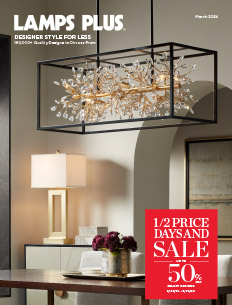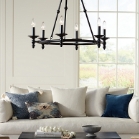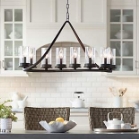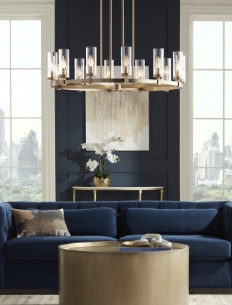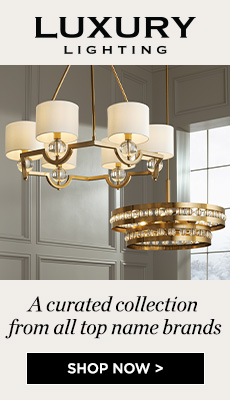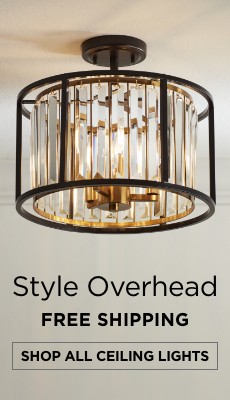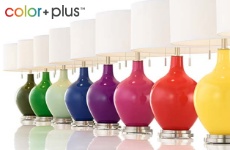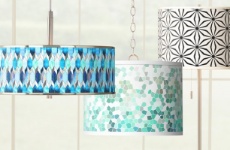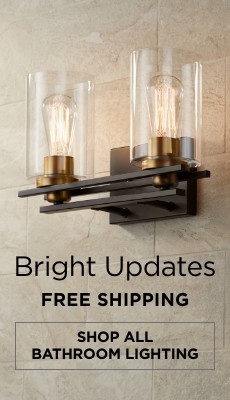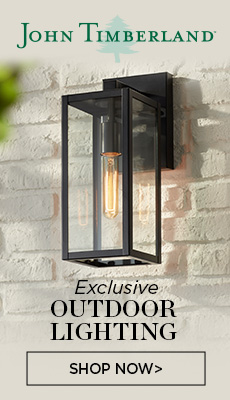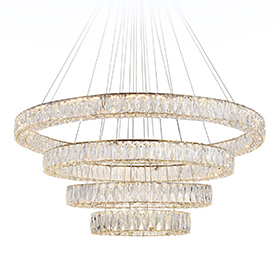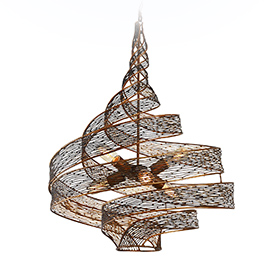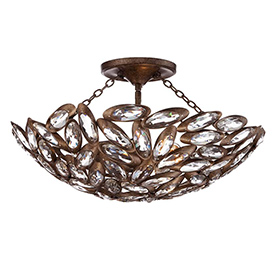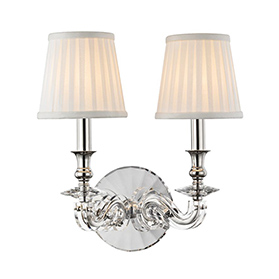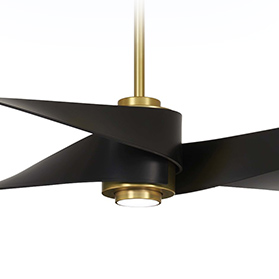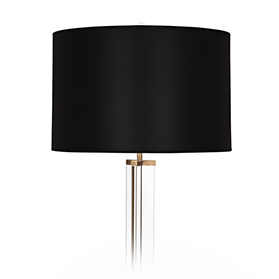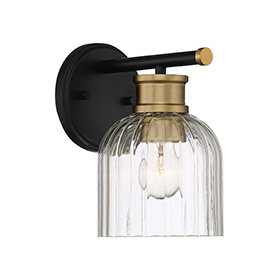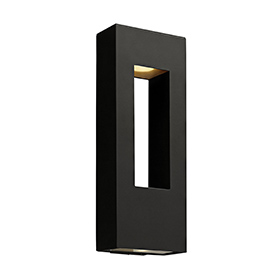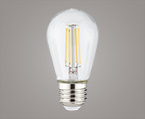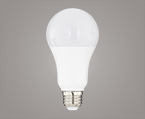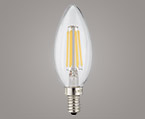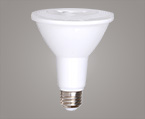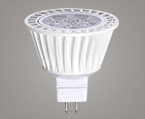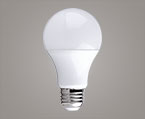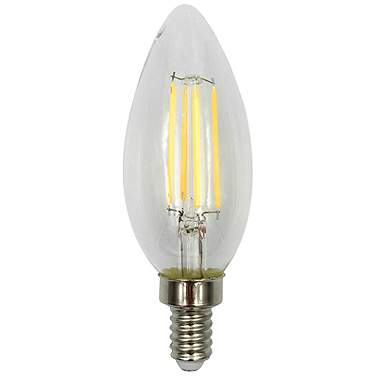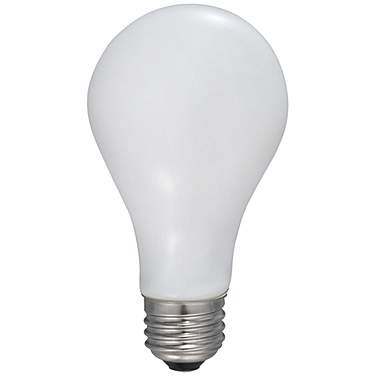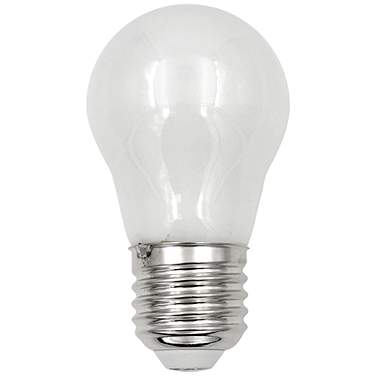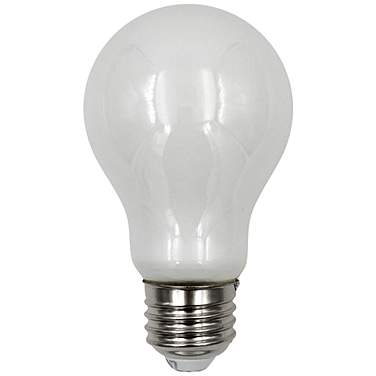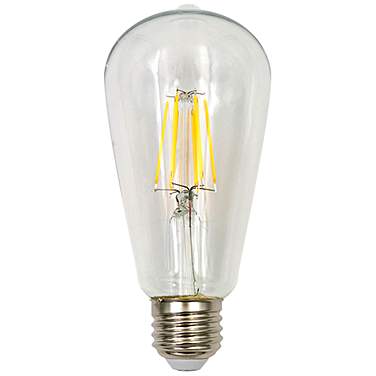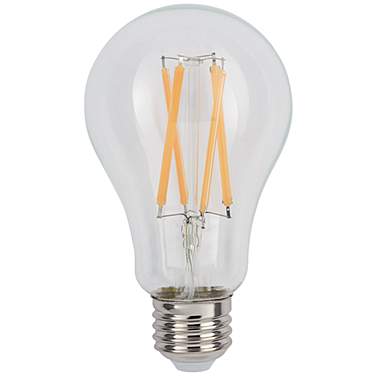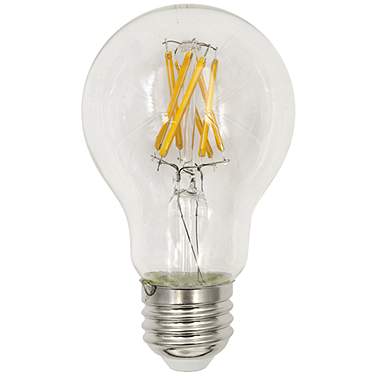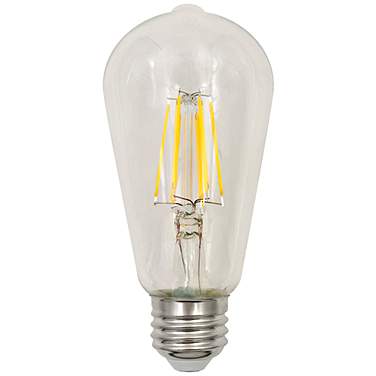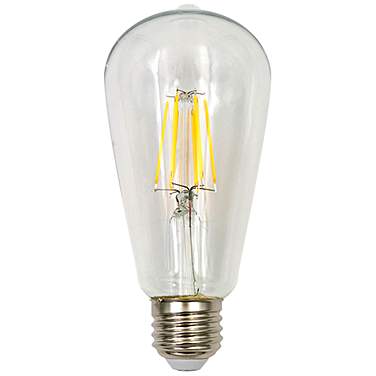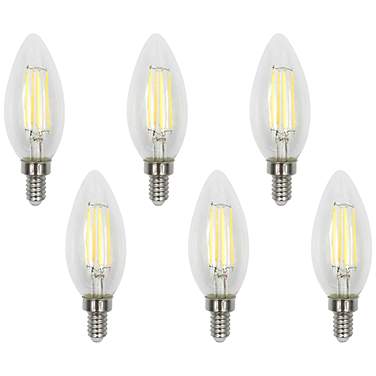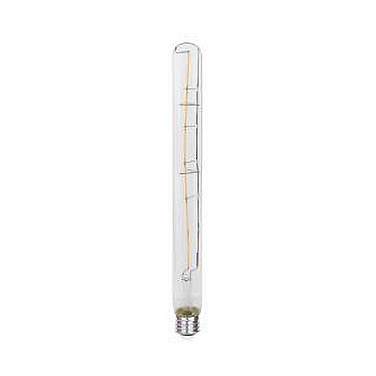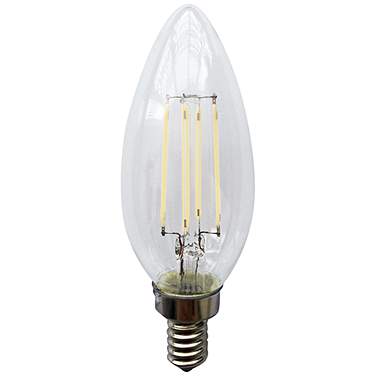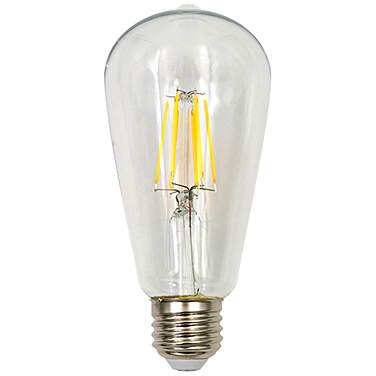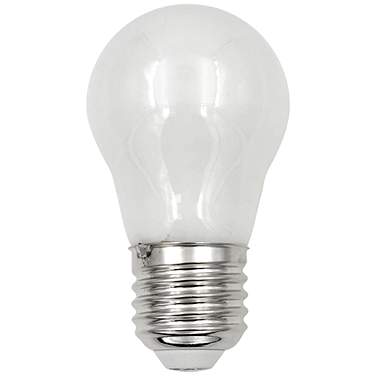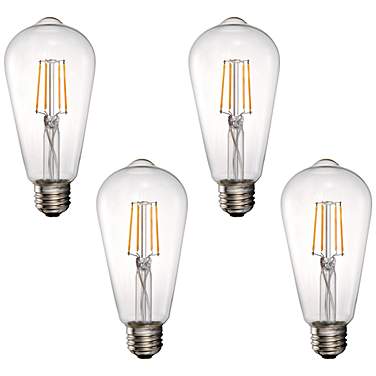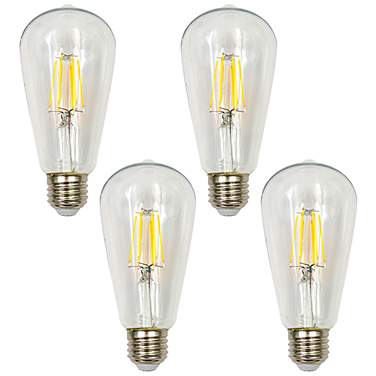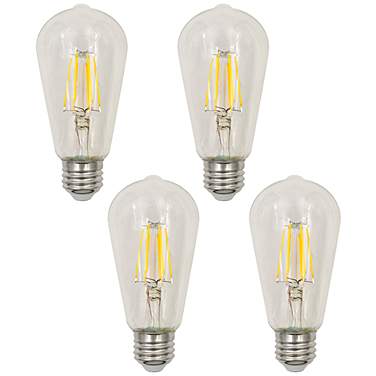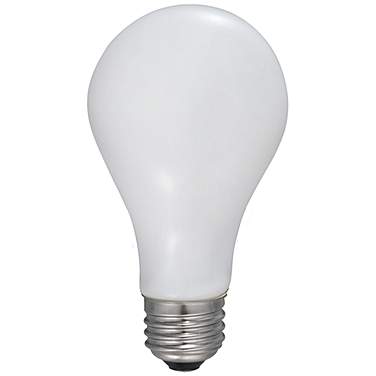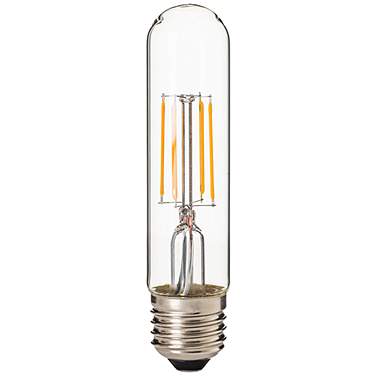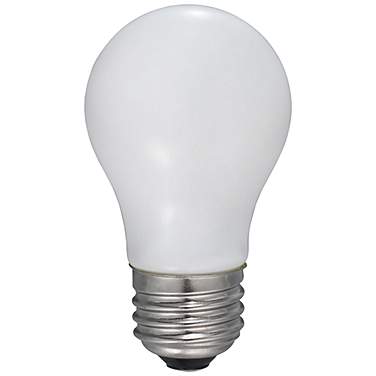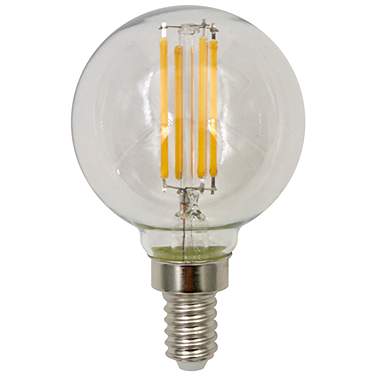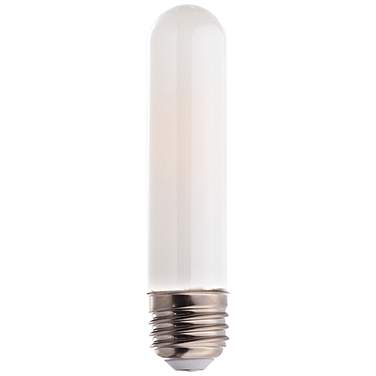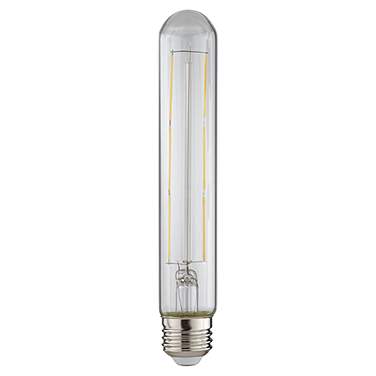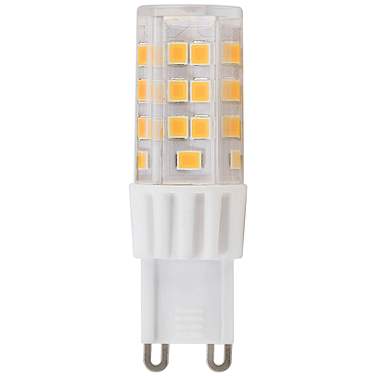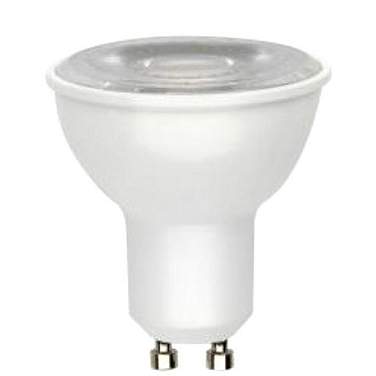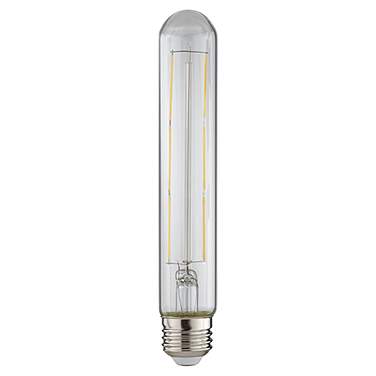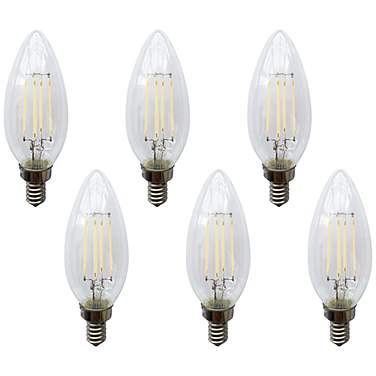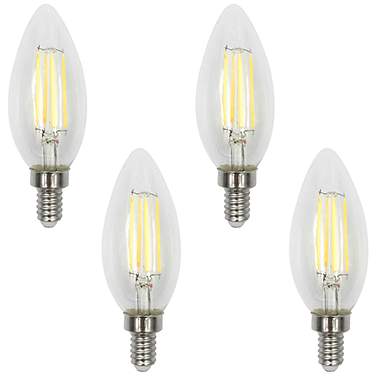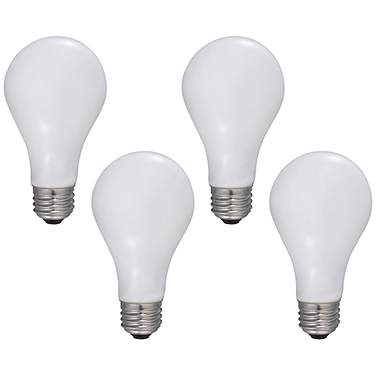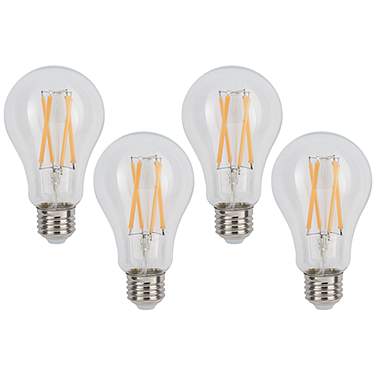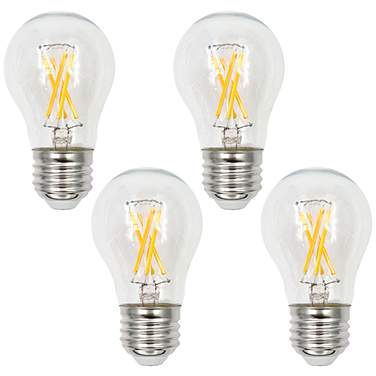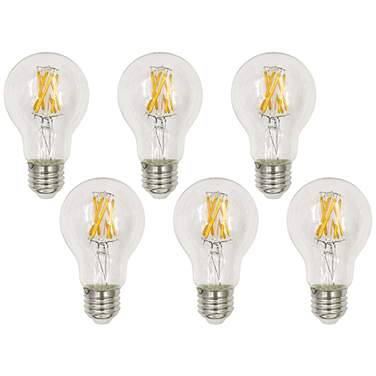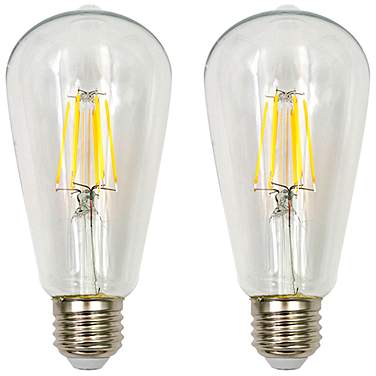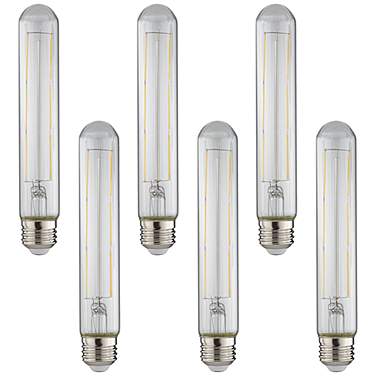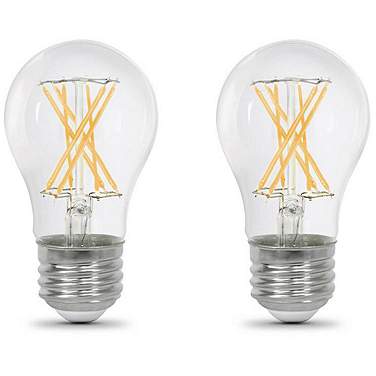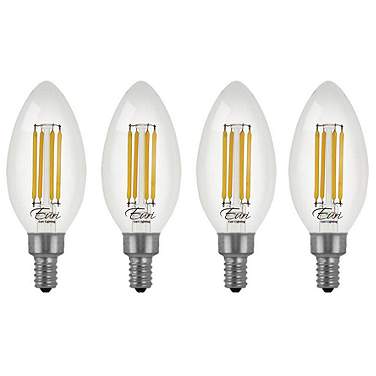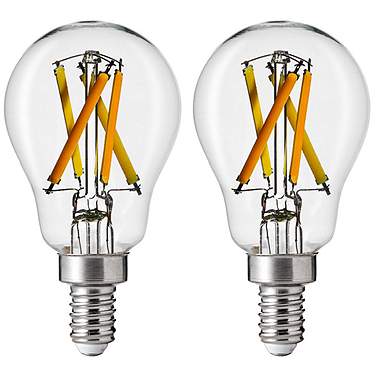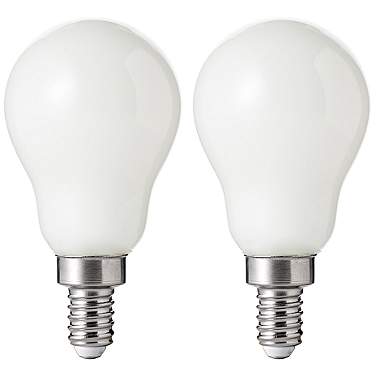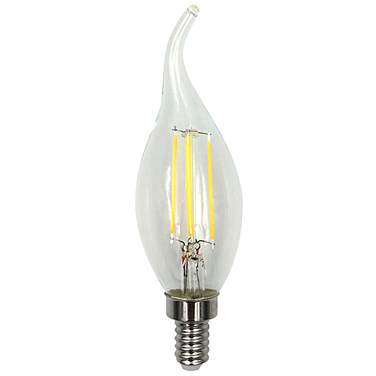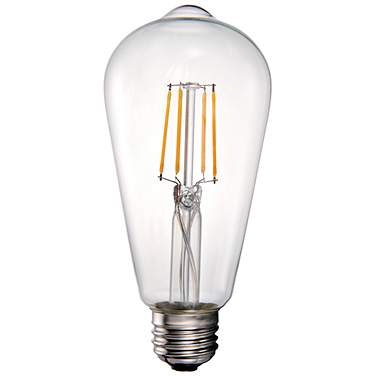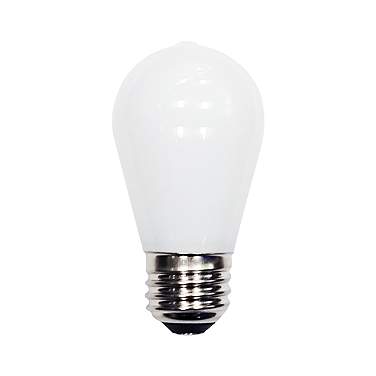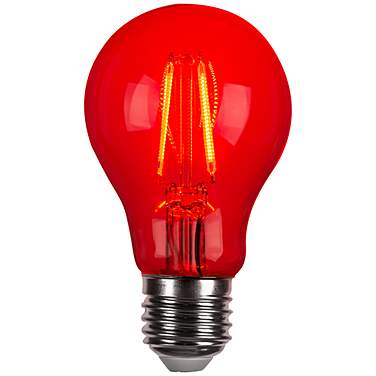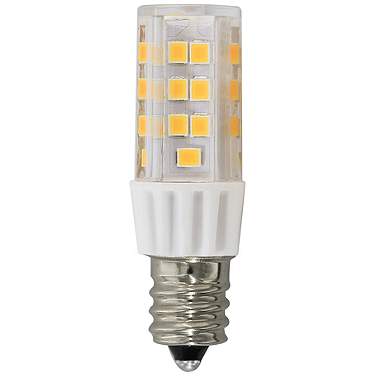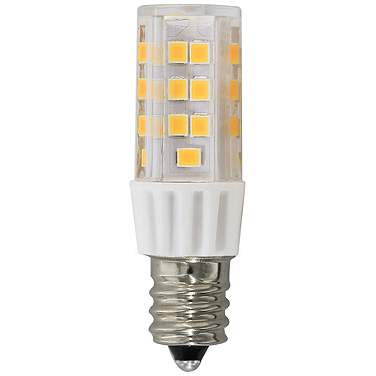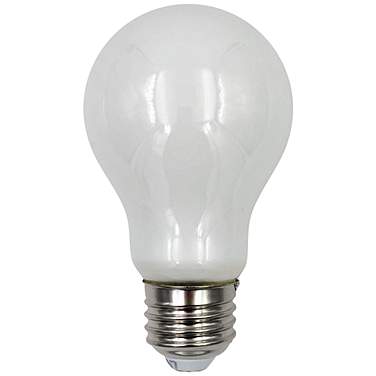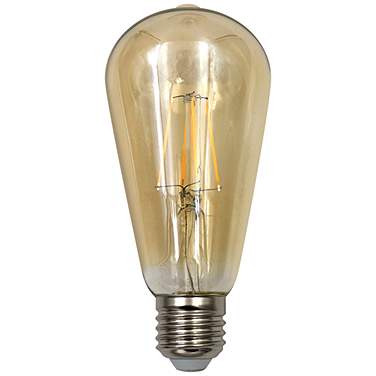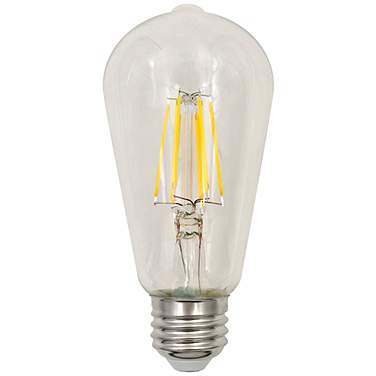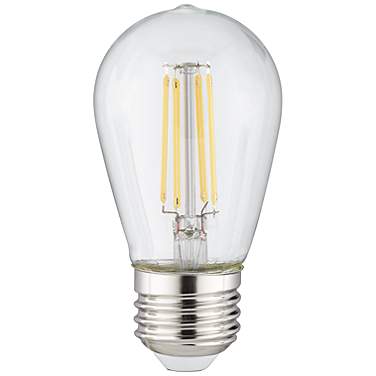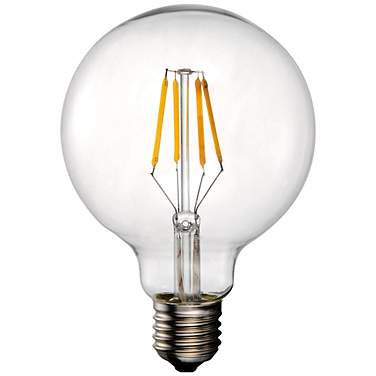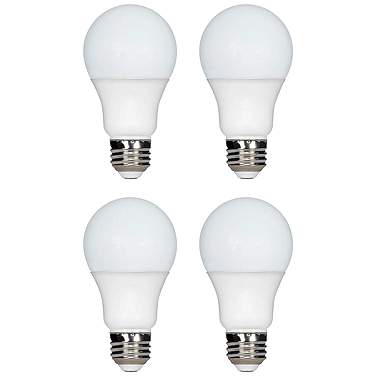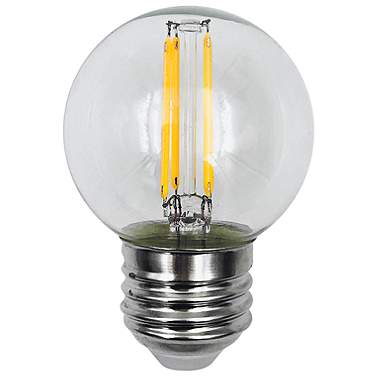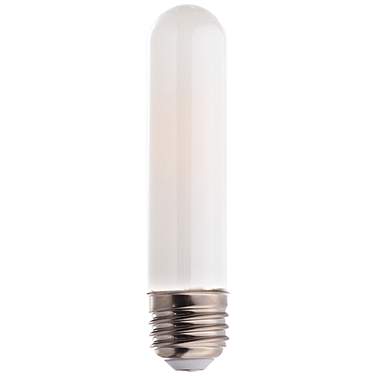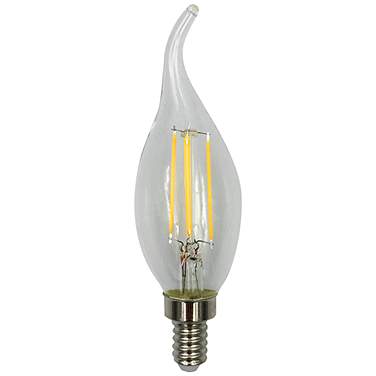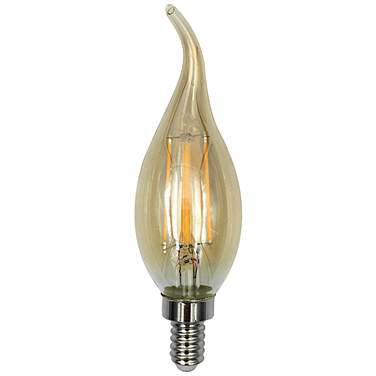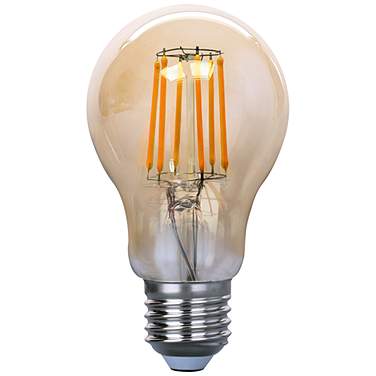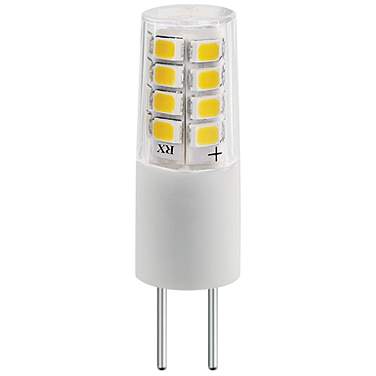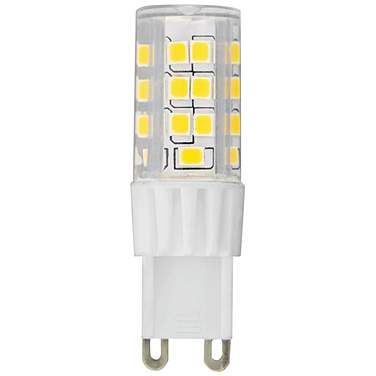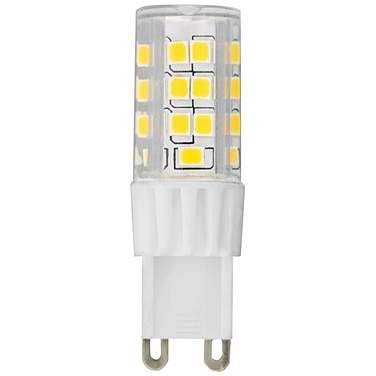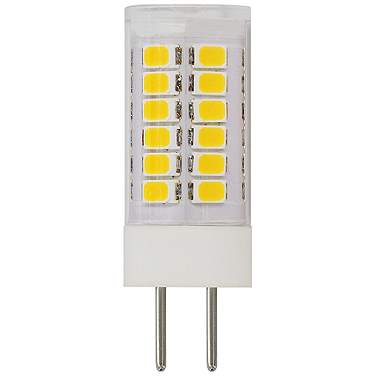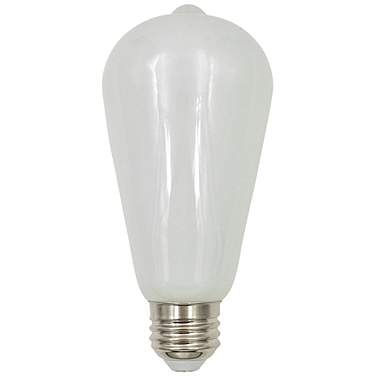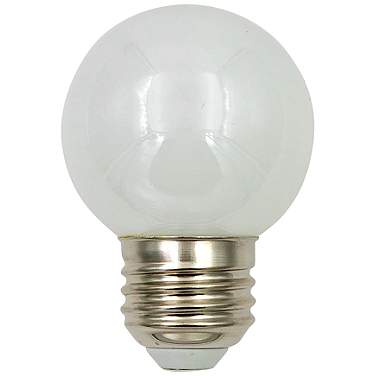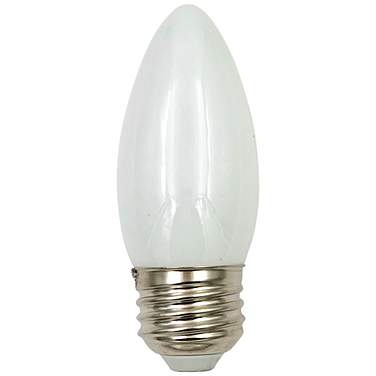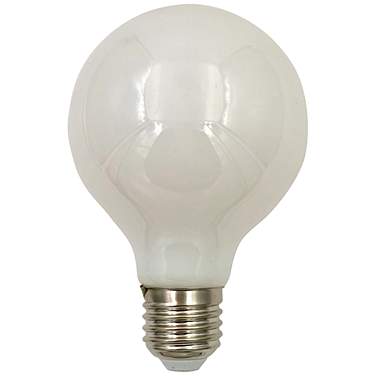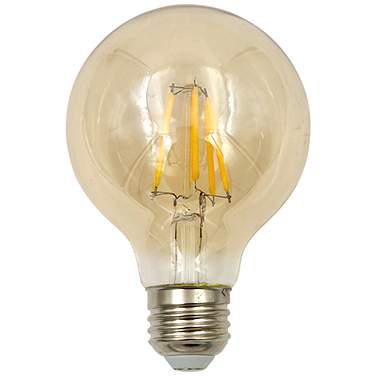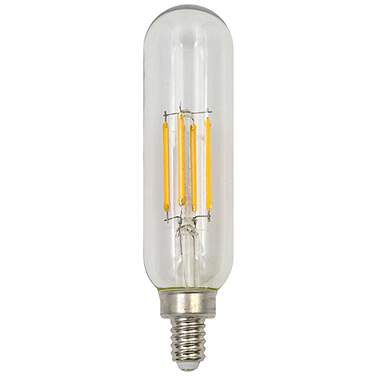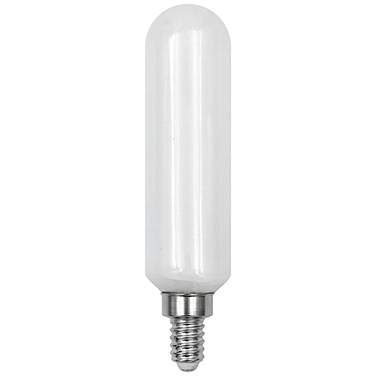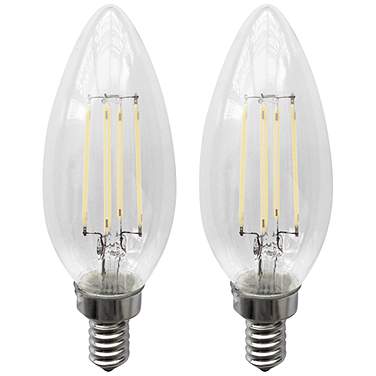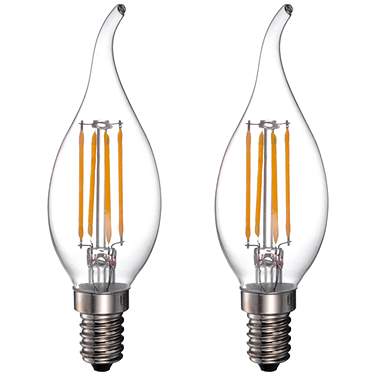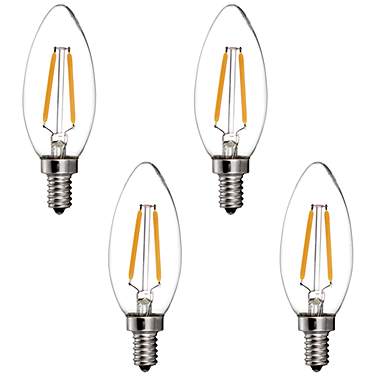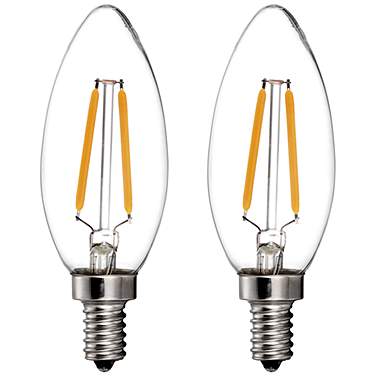LED Light Bulbs
581 resultsFree Shipping* on energy-efficient LED light bulbs. Use them with your existing light designs - just swap out the current bulb for the correct LED replacement. It's that easy!
-
- On Sale
- Daily Sales
- Clearance Items
- Open Box
-
- New Items
- Most Popular
- Free Shipping
- Ships Same Day
- Lamps Plus Exclusive Product
- Lamps Plus Non Exclusive Product
Looking for something specific?Search our site:
What Are LED Light Bulbs?
An LED, or Light Emitting Diode, light bulb is a type of lighting technology that uses a semiconductor to emit light. Unlike traditional incandescent bulbs which produce light by heating a wire filament, LEDs generate light through a process called electroluminescence. This technology allows LED bulbs to be more energy-efficient, durable, and versatile.
Key Benefits of LED Light Bulbs
LED light bulbs offer several advantages over traditional lighting options. They are energy-efficient, consuming less electricity and lasting longer than incandescent and fluorescent bulbs. LEDs are also environmentally friendly, as they contain no hazardous materials. Additionally, they produce less heat, making them safer and more comfortable to use.
Usage
LED light bulbs are suitable for various applications, from residential lighting to commercial and industrial settings. They are commonly used in homes, offices, retail spaces, and outdoor lighting fixtures. LED technology has also become popular in automotive lighting, traffic signals, and electronic displays.
Features
LED light bulbs come with various features, including dimmability, smart capabilities, and compatibility with different fixtures and environments. Dimmable LEDs allow users to adjust the light intensity, creating a customized ambiance. Smart LEDs can be controlled remotely through smartphones or smart home systems, offering enhanced convenience and energy management.
Shapes
LED bulbs are available in a variety of shapes to suit different fixtures and applications. Common shapes include A-shape (similar to traditional bulbs), BR (bulged reflector), PAR (parabolic aluminized reflector), and MR16 (multifaceted reflector), among others.
Wattage
LED bulbs come in various wattages, indicating their power consumption. However, the wattage of an LED bulb doesn't directly correlate with brightness, as it does with incandescent bulbs. Instead, brightness is measured in lumens, with higher lumens indicating a brighter light output.
Base
LED bulbs come with different bases to fit various socket types. Common bases include Edison screw bases (E26 or E27), candelabra bases (E12), and GU10, among many others. It's crucial to choose the right base to ensure compatibility with your fixtures.
Brightness
Brightness is a crucial factor when selecting LED bulbs. Lumens (lm) measure brightness, with higher lumens indicating more intense light. Consider the desired brightness level for your space and choose LED bulbs with an appropriate lumen output.
Color Temp
Color temperature is measured in Kelvin (K) and determines the color appearance of the light. Warmer temperatures (around 2700K) provide a soft, yellowish light, while cooler temperatures (5000K and above) produce a whiter, bluish light. Choose the color temperature that suits the atmosphere you want to create.
Voltage
LED bulbs come in various voltage options, and it's crucial to match the bulb's voltage with the voltage of your lighting fixture. Standard household fixtures typically use 120 volts, while some specialty or industrial applications may require different voltages.
Choose The Right LED Light Bulbs For You
To select the right LED light bulbs, consider factors such as the desired brightness, color temperature, base type, and shape. Check the wattage and voltage compatibility with your fixtures, and explore additional features like dimmability or smart capabilities based on your preferences. Choosing the right LED bulbs can enhance energy efficiency, lighting quality, and overall satisfaction with your lighting setup.
